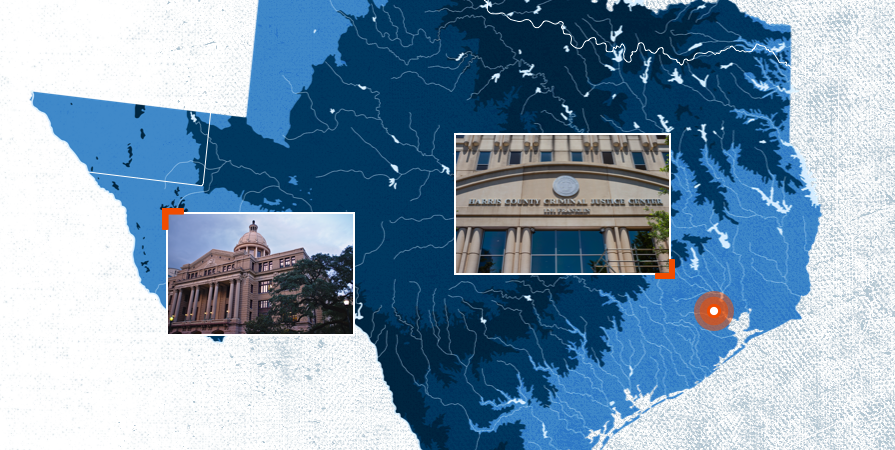More Results
As a result of effective pretrial strategies, misdemeanor-level average daily jail population has been reduced by over 50% while misdemeanor-level admissions have been reduced by over 60%.
The county has increased supportive services and material supports to justice involved individuals. For example, justice-involved individuals represented by the Office of the Public Defender and requiring a chemical dependency evaluation typically receive one within 10-12 days, with a shorter timeframe for in-custody defendants.
As a result of increased efficiencies in case processing, on average, time from initial appearance in Missoula County Justice Court to arraignment in Missoula County District Court has been reduced by one week.
There is productive collaboration among key stakeholders, including judges, law enforcement, public defenders, community members, and many others, who support the county’s efforts to make the local justice system fairer and more equitable. Key stakeholders are routinely seeking data to inform their understanding of the local justice system, and data is playing an increasingly prominent role in decision-making.
The county has also created deep relationships with individuals, community groups, and elected officials who are engaged in conversations and decision-making related to the local justice system. The creation of the Criminal Justice Coordinating Council has also resulted in a significant increase in the participation of community partners in tackling justice system problems.
In the wake of the national protests and reckoning for the murder of George Floyd in Minnesota, Missoula community members are increasingly engaged in understanding racial and ethnic disparities present in the judicial system. Their activism led to the Missoula City Council and Missoula County Commissioners to provide critical funding to the development of a Mobile Crisis Unit—a non-law enforcement responder team for people dealing with mental health and substance use related crisis situations.









